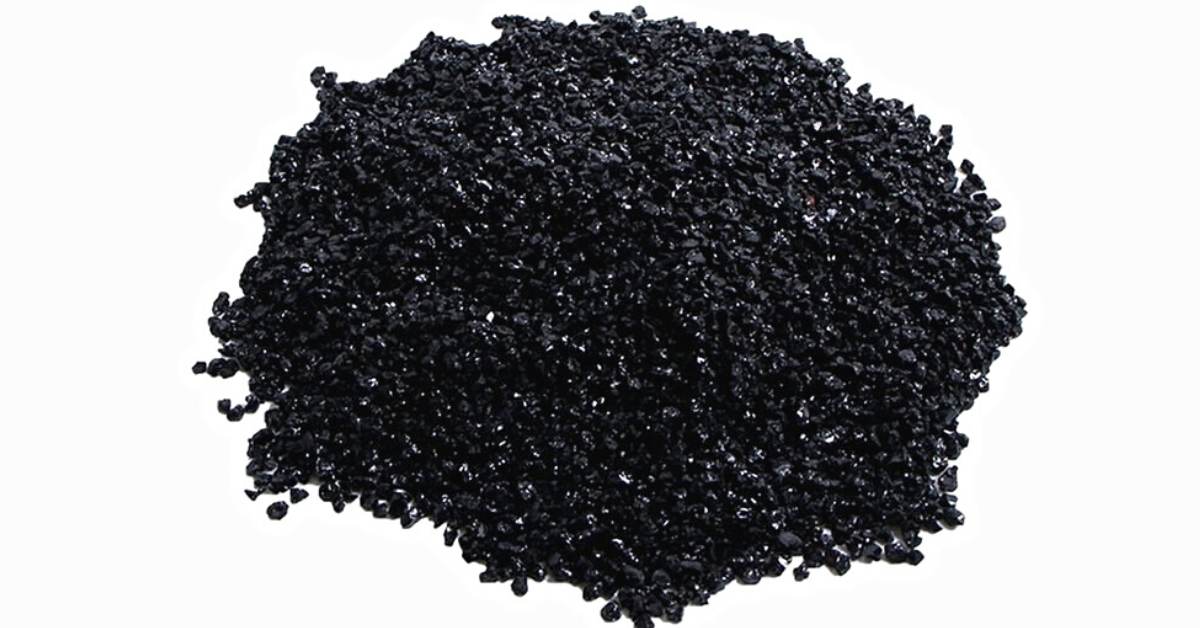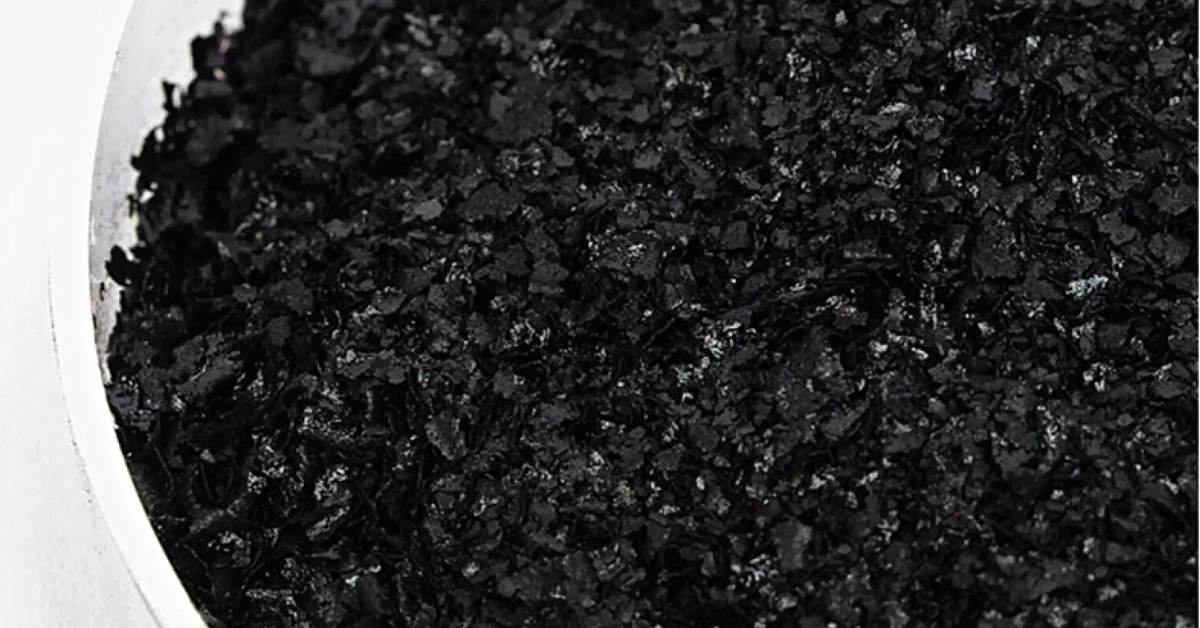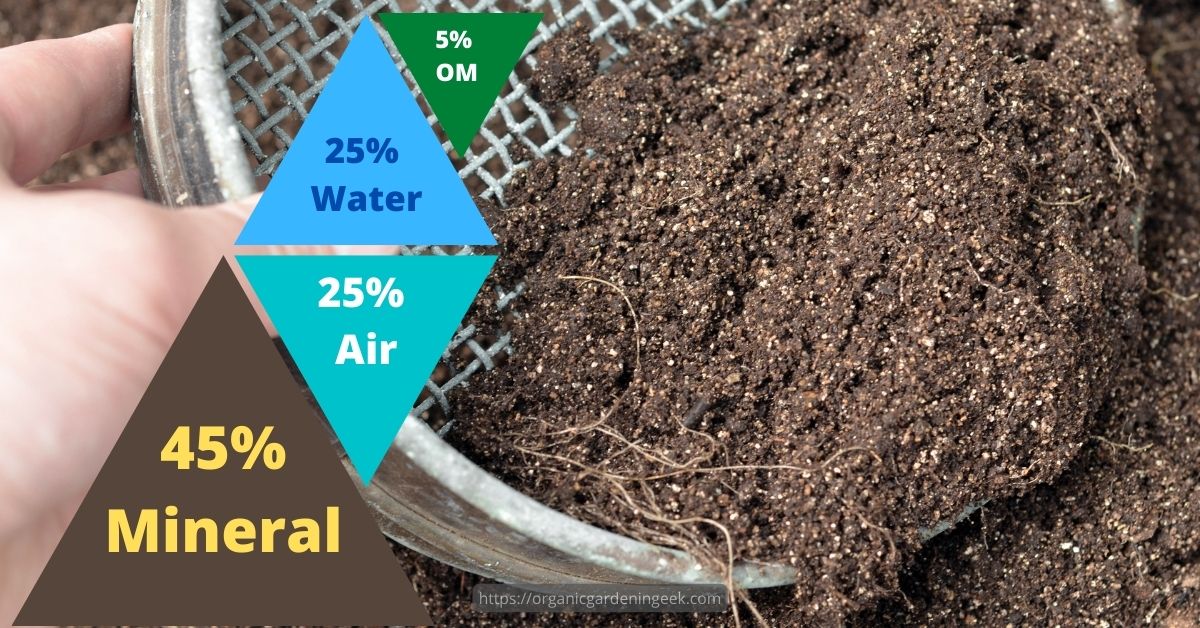Humates are one of those organic gardening terms that get tossed around a lot in conversation, but when pressed for a description of precisely what they are or how they function in the soil, most “professionals” just get a blank look on their face.
If you don’t believe me, just ask about it the next time you visit your local garden center. They just know that it is good to see organic fertilizer or soil amendment on the label.
After reading this, I hope that you will have a much better concept of what humates are and why they need to be an integral part of your soil management program.
How to use humate?
Although humates are naturally found in most soils, they are in short supply at best and are frequently insufficient to sustain healthy development and propagation.

While it is possible to grow vegetation in soil that is lacking in a nutrient or trace element, albeit in a stunted form, it will not produce at all without the presence of humates.
In this article, I’m going to use the term humates to refer to the complete family of related subgroups such as humus, humic acid, fulvic acid, and humin.
It appears in nature as a dark brown to black material to the naked eye. It is a polymer with a highly complicated structure since it is an organic substance comprising big molecules made up of numerous identical components.
For all you chemical enthusiasts out there, I’ll tell you that it has a molecular weight of 1500, and it’s almost insoluble and water-resistant.
The molecules are bound together by hydrocarbon into balls that form large aggregates, which make up the organic portion of the soil. Although they have been written about as early as 1786, the Russian scientist Prof. Dr. Lydia Khristeva of Kherson University, USSR, is credited with first discovering their beneficial use in a biological system.
Kristeva found that treating them with alkalines transformed these large molecules into soluble salts, potassium humate, and sodium. In the process, these large chain molecules acquired an ion charge. This ion charge forces the ball to unroll and become biologically active.
This unrolling revealed many sub-groups that perform many different functions in the soil.

16 different functions have been discovered (so far) that affect all plant growth and development stages.
One of these functions is Carboxyl and Phenol. These are able to chelate (bind together) complexes of micro-nutrients and transport them through the plant.
Another group is Quinones; amazingly, these can both capture and accumulate solar energy and then release it at precisely the moment the cell needs it. (How is that for intelligent design?)They also cause water to obtain the same properties as melted glacial ice, what is referred to as structured water, which is well documented for its medicinal effect on living organisms and plants.
Furthermore, the ion exchange is amplified; it enables root systems to develop more rapidly with special ferments that increase the plants’ resistance to drought and even frost.
These ferments also assist nitrogen to be assimilated, and they increase the synthesis of chlorophyll, sugars, vitamins, essential amino acids, and oils.
Another process that they control is increased cell penetration of nutrients into cells membranes. Senn and Kingman discovered in 1973 that humates increased the penetration of potassium ions 100 times and sodium 10 times.
Chelate heavy metals
One of the most significant benefits they have for organic gardeners is that they can chelate heavy metals. In other words, they bind together heavy metals such as lead, mercury, chromium, cadmium, and others, preventing them from entering cell walls and damaging the plant. They won’t be able to get into you if they can’t get into the plant.
Digging deeper into archaic research volumes, I found that they even have the ability to bond together aluminum and iron ions, transforming them into insoluble compounds. This prevents the damaging influence on phosphates on plants while allowing phosphorus nutrition to enter the cell walls.
I mentioned earlier about the creation of ions when the “ball” is unrolled; it is essential to point out that these new ions increase soil’s cation exchange capacity.
They react with potassium, magnesium, aluminum, and iron that are present in the soil and form “organo-mineral” bridges that bond particles together and create life-sustaining structures for micro-organisms to live and propagate.
This structure produces resistance to soil erosion and is beneficial in retaining water and air. I have written extensively about the importance of micro-organisms in the soil because of their ability to convert fertilizer into energy for your plants. Can you guess what they need to be efficient?
However, is it any surprise that the experts quoted above decided that “humates are the only efficient means to restore the fertility of the soil that has been impoverished by intensive exploitation”?

